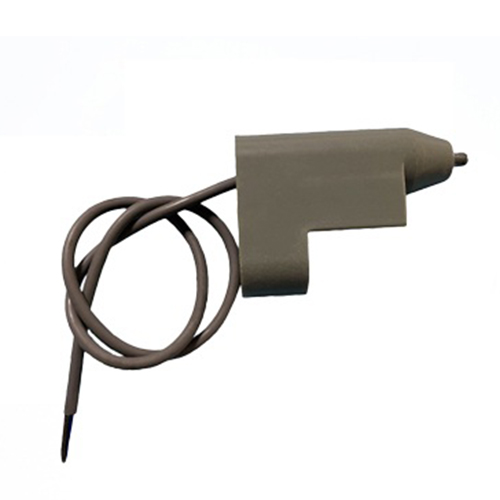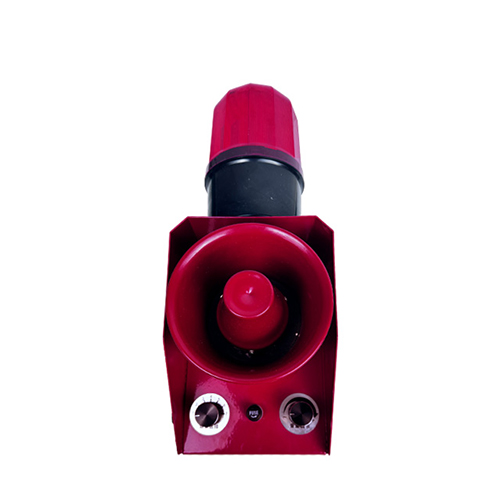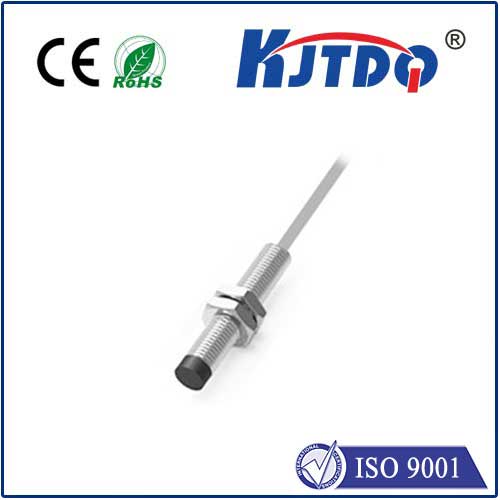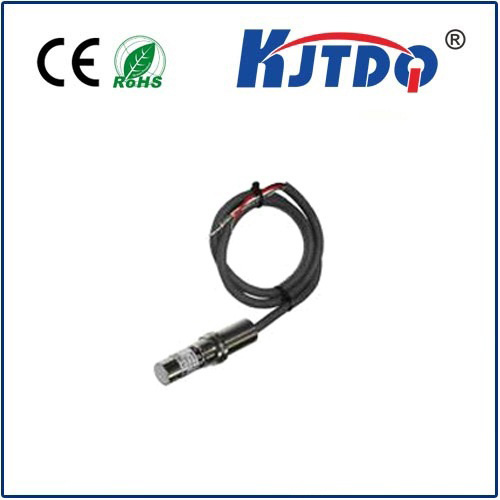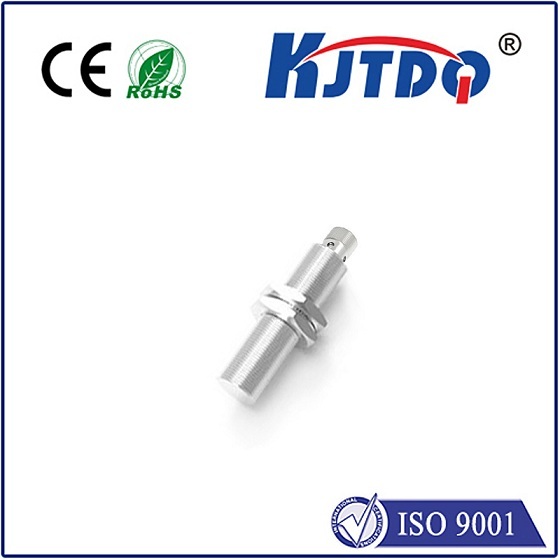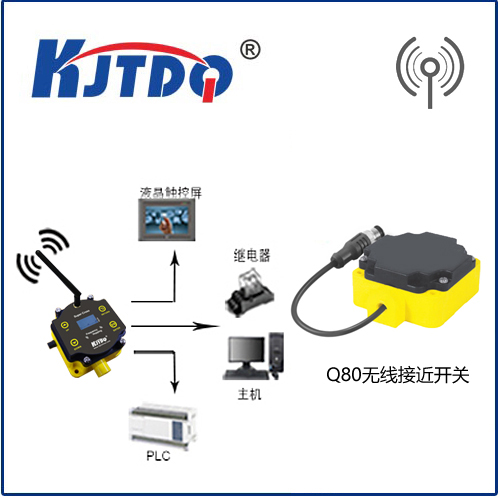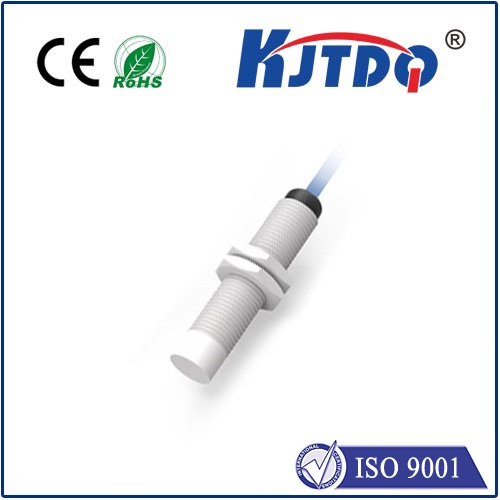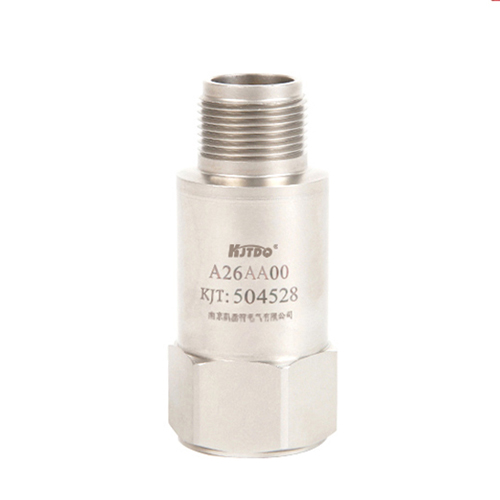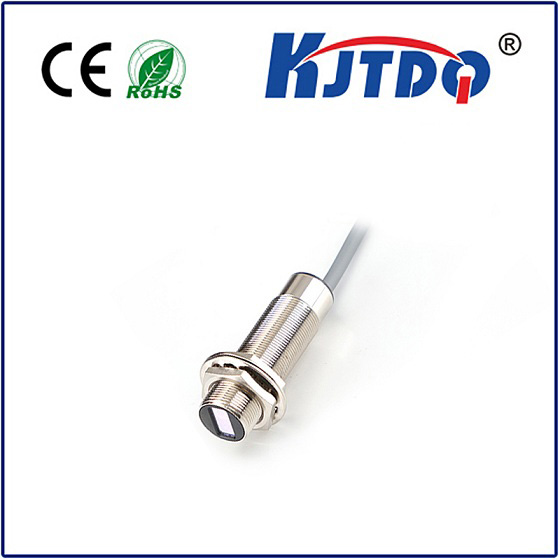

check

check

check

check

check

check

check

check

check

check
Title: The Diffuse Type Photoelectric Sensor: A Revolutionary Breakthrough in Sensing Technology
Introduction:
The diffuse type photoelectric sensor is a cutting-edge technology that has revolutionized the field of sensing. It is a versatile and reliable device that can detect various physical parameters such as light intensity, color, and distance. In this article, we will explore the principles behind the diffuse type photoelectric sensor and its applications in different industries.
Working Principle:

The diffuse type photoelectric sensor works on the principle of optical scattering. It consists of a light source, typically an LED or laser diode, and a photodetector that measures the amount of scattered light. When the light beam is incident on an object, it scatters in all directions. Some of this scattered light reaches the photodetector, which converts it into an electrical signal. The amplitude of this signal depends on the distance between the object and the sensor, as well as the reflectivity and color of the object.
Applications:
The diffuse type photoelectric sensor has numerous applications in various industries. In industrial automation, it is used for object detection, counting, and sorting. For example, it can detect the presence or absence of products on a conveyor belt and trigger appropriate actions such as stopping or starting the belt. In robotics, it is used for obstacle detection and avoidance, enabling robots to navigate safely in their environment. In healthcare, it is used for non-invasive measurements of physiological parameters such as heart rate and blood oxygen saturation. In automotive industry, it is used for vehicle safety systems like parking assist and blind spot detection.
Advantages:
One of the main advantages of the diffuse type photoelectric sensor is its flexibility. It can be easily adapted to different applications by adjusting its sensitivity and range. It also has a fast response time, making it suitable for real-time applications. Additionally, it is immune to electromagnetic interference, which makes it ideal for use in harsh industrial environments. Another advantage is its low power consumption, which makes it energy-efficient and cost-effective.
Challenges:
Despite its numerous benefits, the diffuse type photoelectric sensor faces some challenges. One of the main challenges is the need for proper calibration to ensure accurate measurements. Another challenge is the influence of environmental factors such as temperature, humidity, and dust on the performance of the sensor. To overcome these challenges, manufacturers are constantly improving the design and materials used in the sensor to enhance its robustness and reliability.
Conclusion:
The diffuse type photoelectric sensor is a revolutionary breakthrough in sensing technology that offers unparalleled flexibility and reliability. Its working principle based on optical scattering allows it to detect various physical parameters with high accuracy and speed. With its wide range of applications in industries such as industrial automation, robotics, healthcare, and automotive, it has become an essential tool in our modern world. As technology continues to evolve, we can expect even more advancements in this field, further expanding its capabilities and potential uses.
